TORONTO – On Dec. 4, a United Launch Alliance (ULA) Delta IV Heavy rocket manned with a Lockheed Martin-built crew capsule, called Orion, is scheduled to launch from the Kennedy Space Center in Florida.

This is the ship of the future, destined to get humans to Mars or an asteroid, a goal set out by President Barack Obama’s administration in 2010.
Despite the very public failures of Orbital Sciences Corporation’s Antares rocket and Virgin Galactic’s SpaceShipTwo last week, Orion’s program manager, Mark Geyer, said NASA doesn’t have any concerns.
The unmanned Orion spacecraft will endure its Exploration Flight Test-1 (EFT-1) where key components and critical systems will be tested before placing humans in a test flight.
“EFT-1 is absolutely the biggest thing that this agency’s going to do this year,” said Bill Hill, NASA’s deputy associate administrator for exploration systems development in a press conference Thursday.
“This is our first step in our journey to Mars. We’re looking forward to exploring.”
Here’s what you can expect:
On Nov. 11, Orion will be rolled out to the launch pad where the ULA rocket sits. Orion will be fitted atop the rocket.
The launch of Orion is set for 7:05 a.m. on Dec. 4 with a two-hour and thirty-five minute launch window. Should there be a launch scrub — due to weather at the launch or recovery site (off the coast of Baja California) or hardware issues — NASA will attempt Dec. 5 or 6.
Six hours before launch, all systems will be powered up. The go/no-go for launch is a joint effort between Lockheed Martin, ULA and NASA.
If the launch is successful, Orion will undergo a four-and-a-half-hour mission.
Four minutes after launch, the upper stage and service module farings — or casing — will be jettisoned.
Very shortly after the service module farings are jettisoned, the launch abort system will separate. For this test flight, the launch abort system isn’t fully assembled since there will be no crew on board.
The crew module farings will also be jettisoned and 17 minutes after launch, the spacecraft will begin its first — low-Earth — orbit. At its farthest, it will be slightly more than 1,000 km from Earth.
An hour and twenty minutes into its first orbit, a second stage burn will take place taking Orion roughly 5,800 km from Earth into the Van Allen Belt — an area of intense radiation. This is more than 15 times the distance of the International Space Station from Earth. This will allow scientists to study the effect of radiation on its instruments.
If you were to look out Orion’s window, Earth would appear as a two metre disk held at arm’s length.
Now it’s time for Orion to come home. More than four hours after launch, the crew module system separates from the service module.
Just like back in NASA’s Apollo days, the crew module begins its fiery descent through Earth’s atmosphere.
Orion now reaches a speed of 32,000 km/h and temperatures of roughly 2,200 C. The heat shield responsible for keeping the spacecraft — and its intended crew — safe, is roughly four centimetres thick.
And, just like the Apollo days, the Orion spacecraft will splash down in the Pacific Ocean, just off Baja California. Geyer said that December is a particularly “rough” month for wave heights in that location of the Pacific, so they are uncertain as to whether or not the recovery crew will be dispatched immediately or not.
If waves are relatively calm, a crew will be sent in to examine Orion. They will take high-definition photos and videos in order to collect data for engineers.
Orion will then be loaded into a welldeck aboard a ship where it can be safely returned.
“This is just the first of what will be a long line of exploration missions beyond low earth orbit, and in a few years we will be sending our astronauts to destinations humans have never experienced,” said Hill.
For continued coverage of the historic Orion launch, follow me here at Global News.

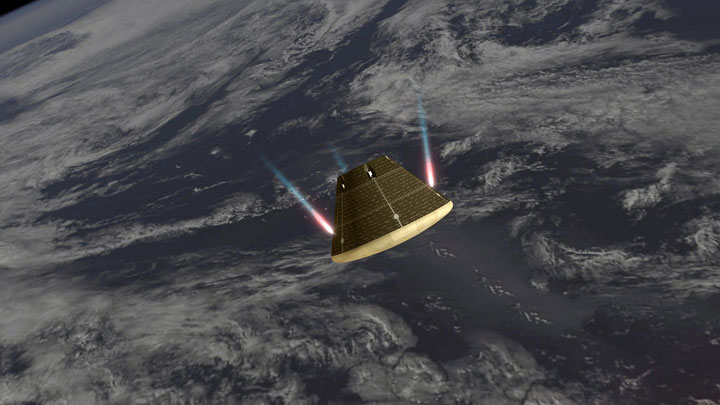
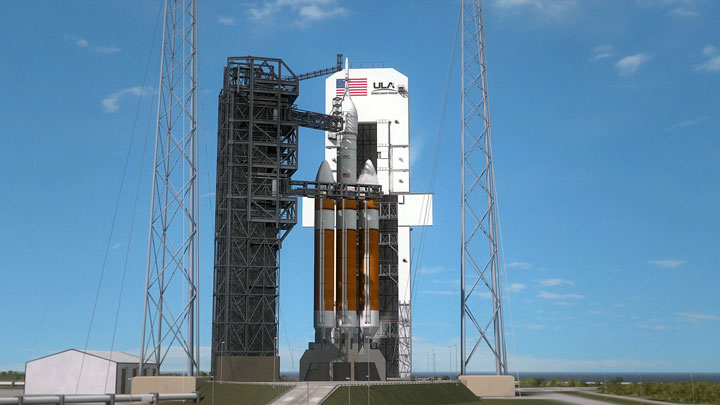
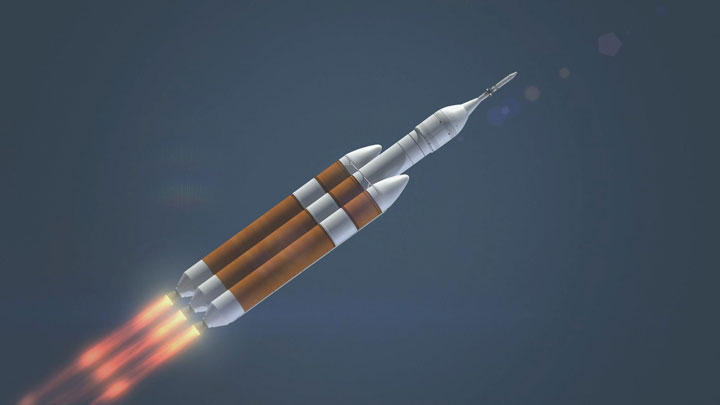


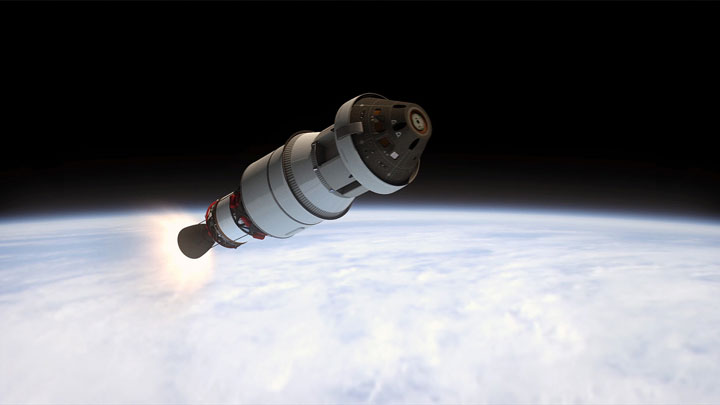

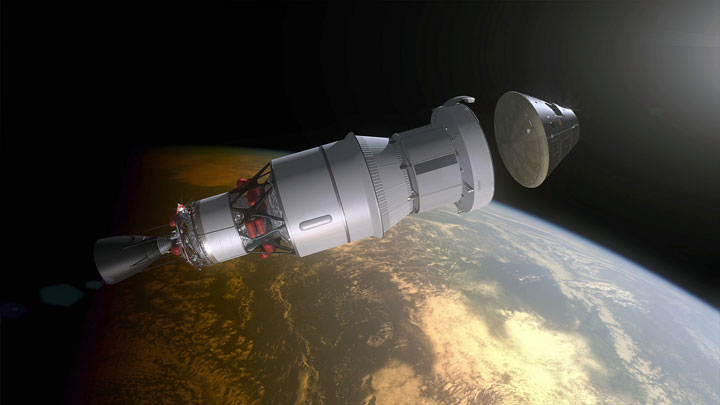




Comments